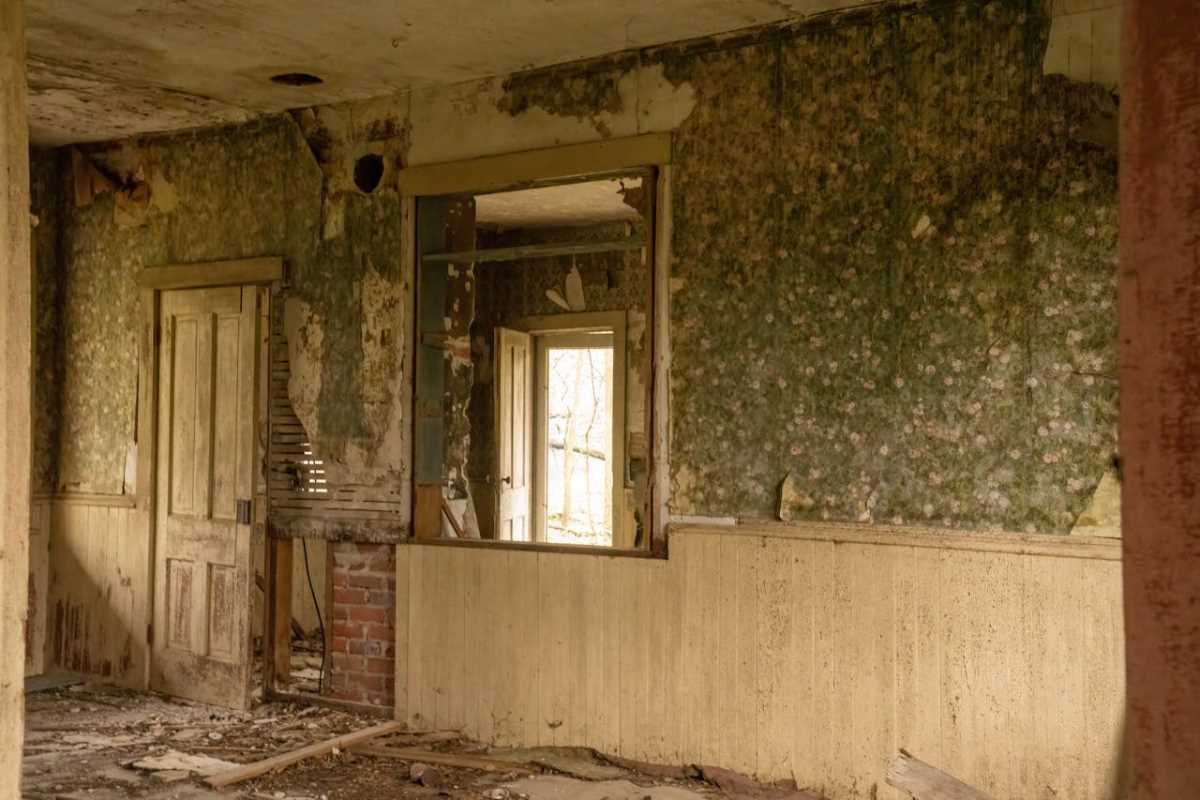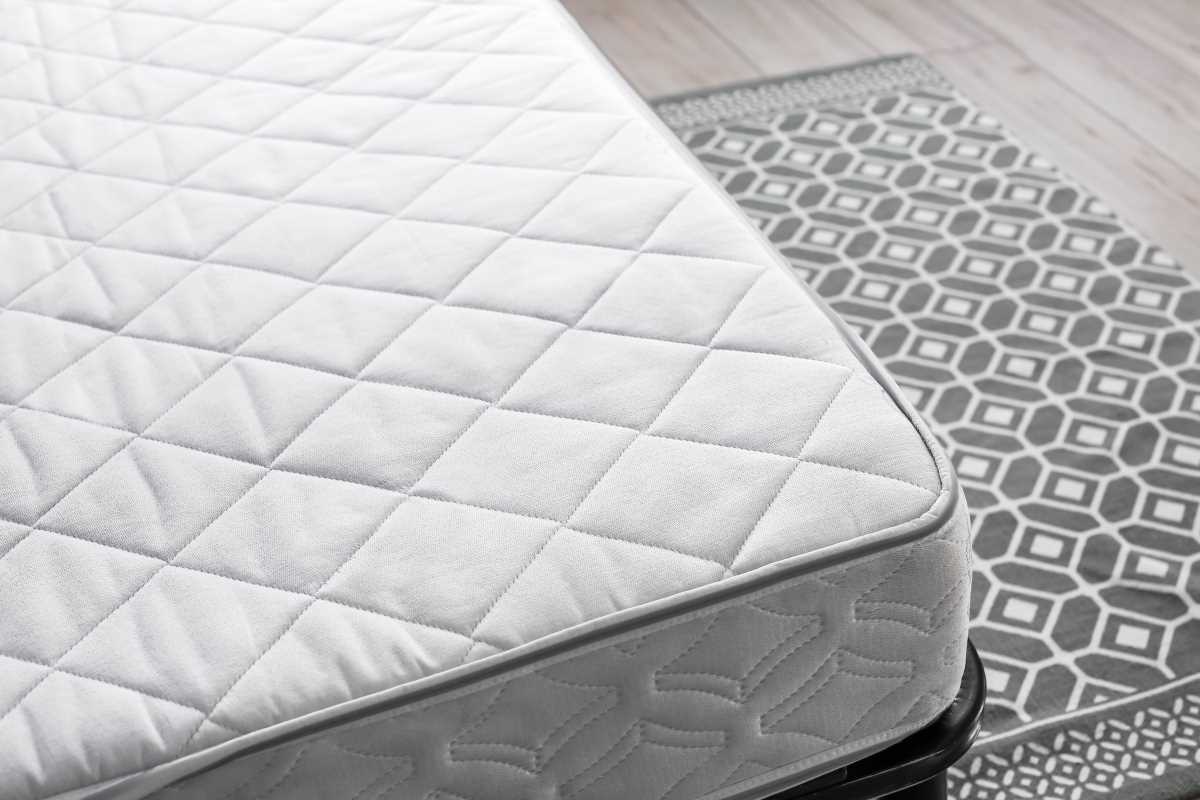Your home should be your sanctuary, a place where you feel safe and healthy. Sometimes, however, an unseen issue can compromise your home's air quality and your well-being. Hidden mold is a common problem that can grow undetected behind walls, under floors, or in ceilings, often stemming from a small leak or high humidity. Because you can't see it, you might not realize it's there until you start noticing its subtle effects on your health and home. Learning to recognize the early warning signs is key to protecting your space and your family. We’ve got you covered with a clear guide to help you identify a potential hidden mold issue and take action.
What Is Mold and Why Is It a Problem?
Mold is a type of fungus that exists everywhere in nature. It plays a vital role by breaking down dead organic matter, like fallen leaves and dead trees. Mold spores are microscopic and travel through the air. They can enter your home through open doors, windows, or on your clothes and pets. These spores are generally harmless until they find a suitable place to land and grow.
For mold to thrive, it needs three things: moisture, a food source, and a comfortable temperature. Unfortunately, our homes provide all of these. Moisture can come from leaks, condensation, or high humidity. Food sources for mold include common household materials like drywall, wood, carpet, and dust. When these conditions are met, a few spores can quickly multiply into a large colony. Certain types of mold can release mycotoxins, which are toxic substances that can cause a range of health issues when inhaled or touched.
Clues Your Body Might Be Giving You
Often, the first indication of a hidden mold problem is a series of unexplained physical symptoms. Because mold exposure can mimic other conditions like seasonal allergies, it's often overlooked as a potential cause.
Persistent Respiratory Issues
One of the most common signs of mold exposure is a sudden onset of respiratory problems that don't seem to go away. These symptoms can include:
- A chronic cough or sore throat
- Sneezing and a runny or stuffy nose
- Wheezing or shortness of breath
- Aggravated asthma or allergy symptoms
You might notice that these symptoms are worse when you're at home and seem to improve when you are away for an extended period, like on vacation. This is a strong clue that something in your home environment is acting as a trigger.
Unexplained Headaches and Fatigue
Exposure to mycotoxins from certain molds can have neurological effects. You may experience frequent headaches or migraines that don't have a clear cause. Another common symptom is persistent fatigue or a feeling of brain fog. This isn't just normal tiredness; it's a profound sense of exhaustion and difficulty concentrating that isn't relieved by rest. If you're constantly feeling drained and can't pinpoint why, hidden mold could be a contributing factor.
Skin Irritation
Direct contact with mold spores or inhaling them can sometimes lead to skin issues. You might develop unexplained rashes, itching, or hives. For individuals with eczema, mold can be a significant trigger that causes flare-ups. Pay attention to any new or worsening skin conditions that coincide with other symptoms.
Telltale Signs Within Your Home
Beyond physical symptoms, your house itself may offer clues that point to a hidden mold problem. You just need to know what to look and smell for.
A Musty, Earthy Odor
Your sense of smell is one of your most powerful tools for detecting mold. Mold colonies produce microbial volatile organic compounds (mVOCs), which are gases that create a distinct, musty odor. This smell is often described as earthy, damp, or similar to the scent of wet socks or rotting wood.
The odor might be confined to a specific area, like a basement, a bathroom, or a particular closet. You might only notice it when the house has been closed up for a while or when you first walk in. Trust your nose. If you smell something musty but can't see any visible mold, it’s a strong indicator that it's growing somewhere out of sight.
Signs of Water Damage
Mold cannot grow without moisture. Therefore, any sign of water damage is a major red flag for a potential hidden mold problem. Look for:
- Water Stains: Discoloration on ceilings or walls is a classic sign of a leak from the roof or plumbing. Even if the stain is old and dry, the moisture that caused it could have allowed mold to grow within the wall cavity.
- Peeling or Bubbling Paint: When drywall gets wet, the moisture can cause the paint on top of it to bubble, peel, or crack. This is a clear sign that water is present behind the surface.
- Warped Wood or Walls: Moisture can cause wood floors to warp and buckle. Similarly, drywall can swell or bow when it becomes saturated. Run your hand over surfaces to feel for any unusual curves or bulges.
Visible Condensation
Consistent condensation on your windows, pipes, or metal surfaces indicates high humidity levels in your home. An environment with high humidity (typically above 60%) is a paradise for mold. While condensation itself isn't mold, it’s a sign that the conditions are right for mold to start growing, particularly in areas with poor air circulation.
Where Does Mold Love to Hide?
To find a hidden problem, you need to think like mold. It loves dark, damp places where it won't be disturbed. We’ve got you covered with a list of common hiding spots to check:
- Behind Walls and Wallpaper: A slow plumbing leak inside a wall provides the perfect environment.
- Underneath Carpets and Padding: A spill that wasn't dried properly or a flood can lead to mold growth under your flooring.
- Above Ceiling Tiles: Leaky roofs or pipes in the ceiling can create a hidden mold farm in a drop ceiling.
- Inside HVAC Systems and Ductwork: Your heating and cooling system can circulate mold spores throughout your home if there is moisture in the ducts.
- Around Windows and Doors: Condensation or small leaks around window and door frames can lead to mold growth.
- In Basements and Crawl Spaces: These areas are naturally prone to dampness and are prime locations for mold.
What to Do If You Suspect a Mold Problem
If you've noticed several of these signs, it's time to take action. You have the power to create a healthier home environment.
- Don't Disturb It: Avoid touching or trying to clean large areas of suspected mold yourself. Disturbing a mold colony can release a massive amount of spores into the air, making the problem worse.
- Control the Moisture: The first step is to identify and fix the source of the moisture. Repair any leaks, improve ventilation in damp areas like bathrooms by using an exhaust fan, and consider using a dehumidifier in basements or other humid areas.
- Consider Professional Help: For hidden or extensive mold problems (generally larger than 10 square feet), it is highly recommended to call a professional mold remediation specialist. They have the proper training and equipment to safely contain and remove the mold, and to address the underlying moisture issue. They can also perform air quality testing to confirm the presence of elevated mold spores.
 (Image via
(Image via





